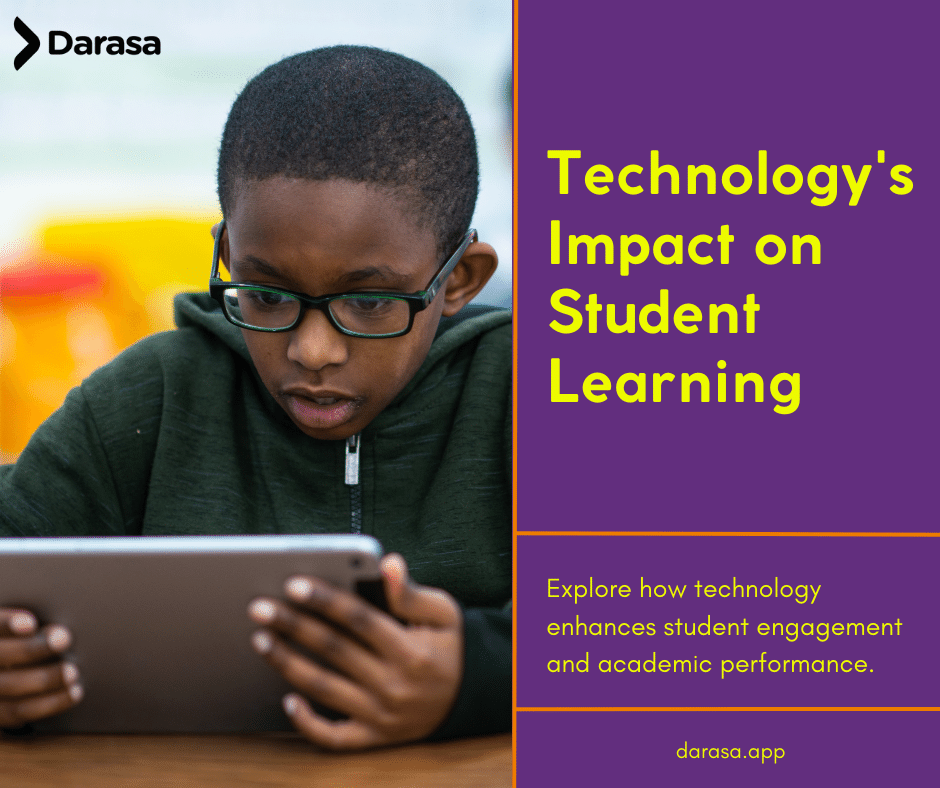
The Impact of Technology on Student Learning
In the ever-evolving landscape of education, technology has become a cornerstone in shaping the way students learn and interact with information. The integration of digital tools into the classroom has revolutionized traditional teaching methodologies, fostering a more interactive, engaging, and personalized learning experience.
Personalized Learning Experiences
One of the most significant impacts of technology on student learning is the ability to tailor education to individual needs. Adaptive learning software analyzes a student’s performance in real-time, adjusting the difficulty of tasks and the pace of instruction accordingly. This personalized approach ensures that all students, regardless of their learning speed, can grasp concepts effectively and build upon their knowledge base.
Enhanced Engagement and Interactivity
Interactive whiteboards, educational apps, and virtual reality (VR) are just a few examples of how technology has made learning more engaging. These tools transform passive learning into an active experience, encouraging students to participate and collaborate. By bringing lessons to life, students can explore complex subjects in a more tangible and memorable way.
Access to a Wealth of Information
The internet has opened up a vast repository of information, allowing students to research and explore subjects beyond the confines of their textbooks. With just a few clicks, learners can access scholarly articles, interactive tutorials, and educational videos, enriching their understanding and supporting their academic pursuits.
Development of Essential 21st-Century Skills
Technology in education also plays a crucial role in equipping students with essential 21st-century skills. Digital literacy, critical thinking, and problem-solving are competencies that are increasingly demanded in the modern workforce. By using technology in their studies, students develop these skills naturally, preparing them for future challenges and opportunities.
Challenges and Considerations
Despite the benefits, the integration of technology in education is not without its challenges. Issues such as digital divide, screen time concerns, and the need for teacher training must be addressed to maximize the positive impact of technology on student learning. Ensuring equitable access to digital tools and promoting responsible usage are critical in creating a balanced and effective educational environment.
In conclusion, technology has profoundly influenced student learning, offering numerous advantages that cater to diverse learning styles and needs. As we continue to navigate the digital age, it is imperative that educators, policymakers, and stakeholders collaborate to harness the potential of technology, ensuring that it serves as a bridge to knowledge and a catalyst for educational success. The future of learning is bright, and technology will undoubtedly be at its forefront, shaping minds and changing lives.
